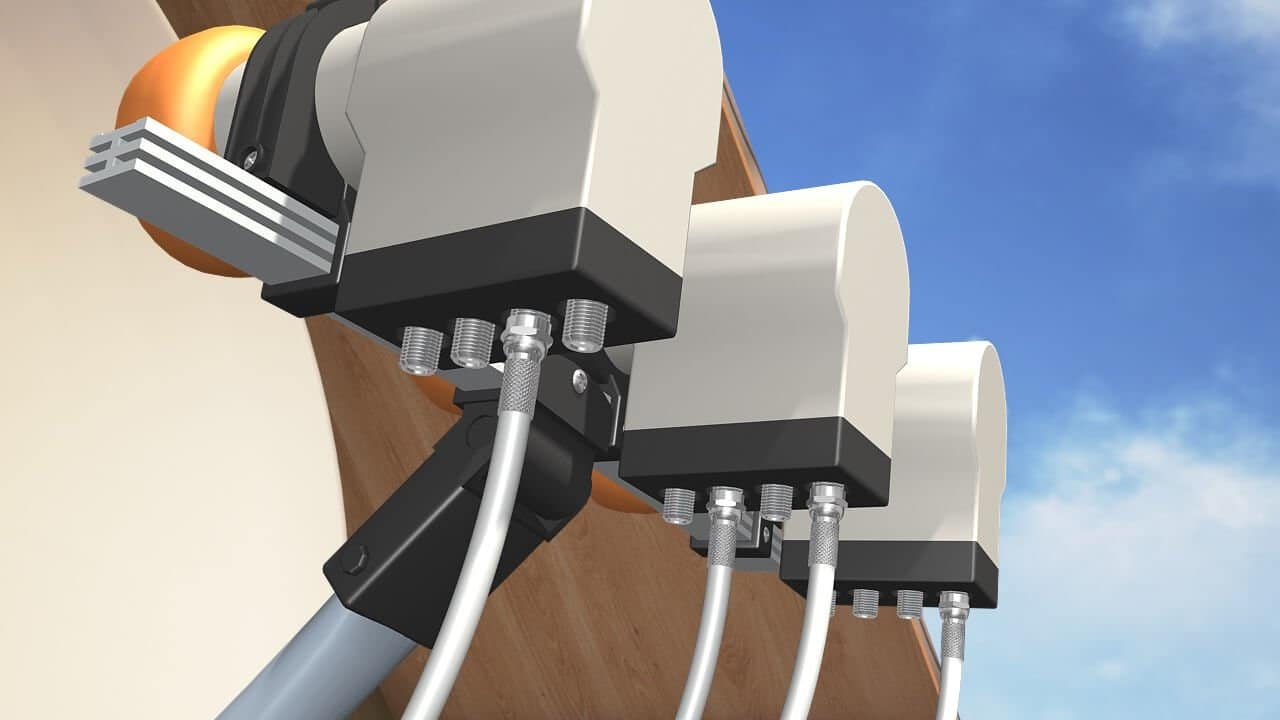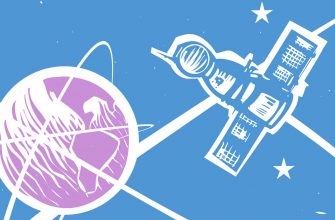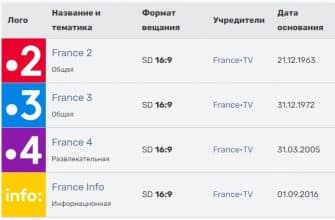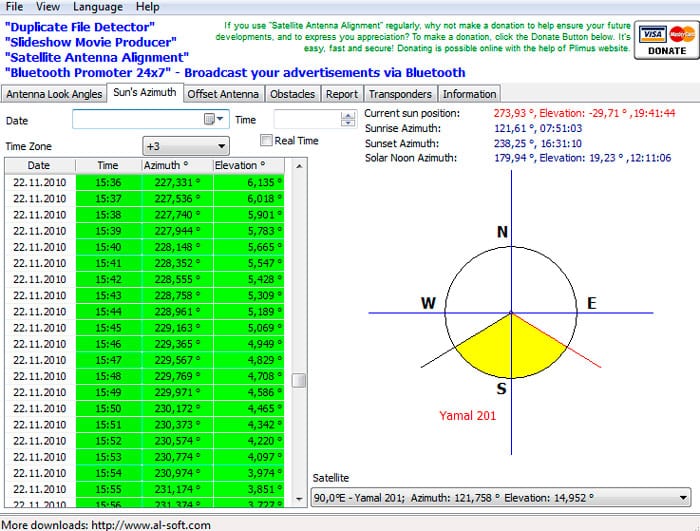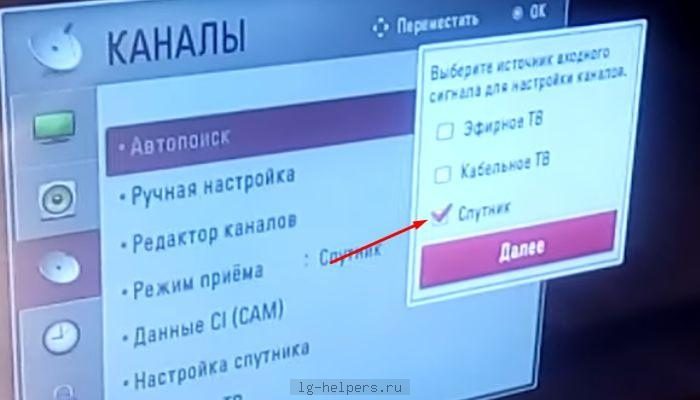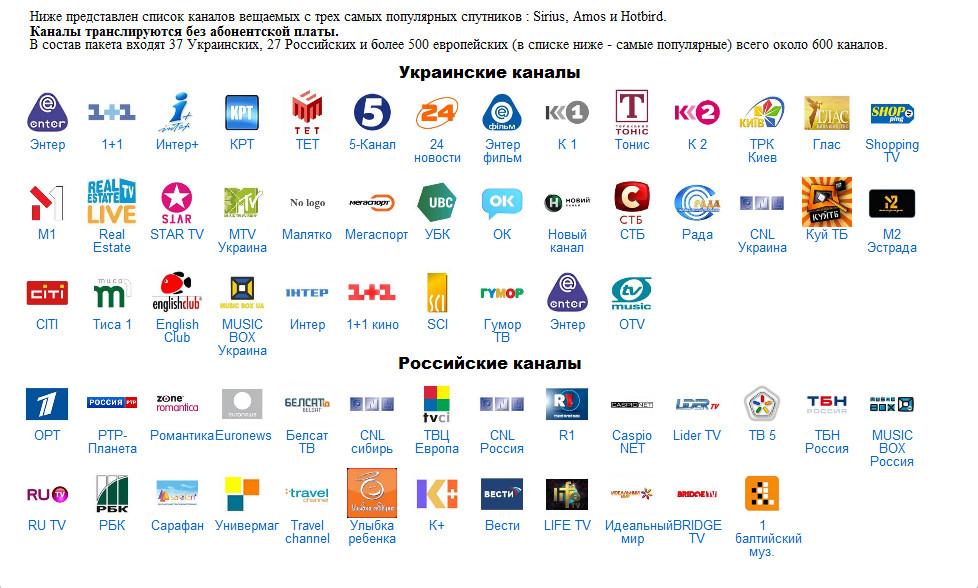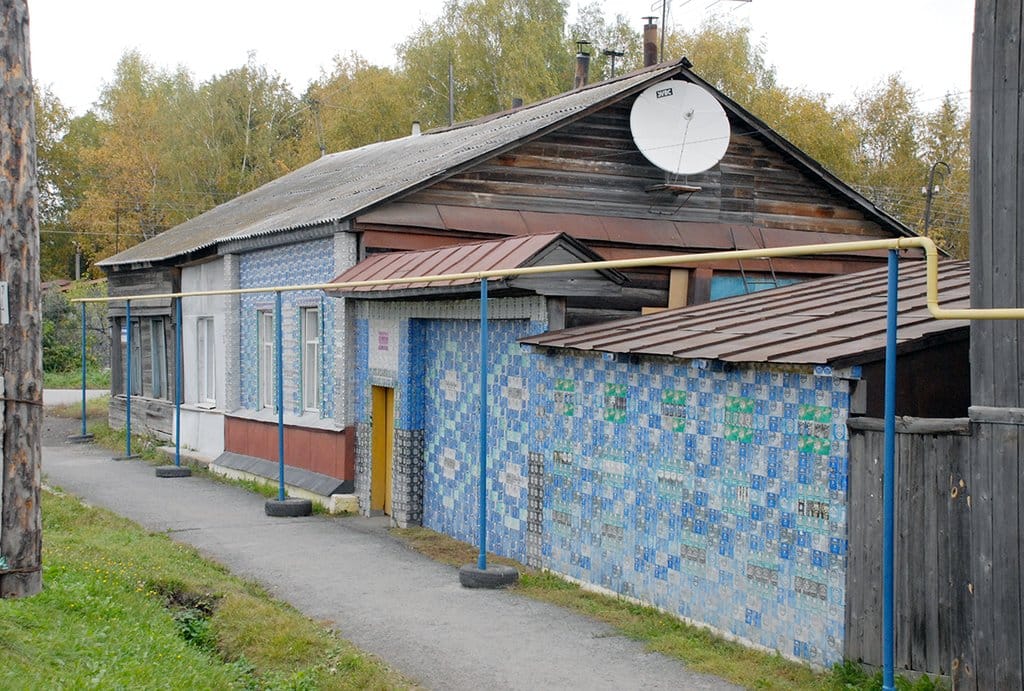Satellite TV can reach the most secluded corners of the planet, where there are no usual providers and broadcasting towers. Existing compact systems are installed at any point. A satellite dish will provide a colorful and clear picture. Confident reception depends on settings and technical equipment. The cable for the “dish” is capable of both improving and maintaining quality indicators, and lowering the potential if the wrong choice is made.
- Satellite dish cable device
- Main characteristics of coaxial cable for satellite dish
- Center wire diameter
- Wave impedance
- The principle of operation of the coax
- What to look for when choosing a cable for connecting a satellite dish to a TV
- Outer shell material
- Internal insulation structure
- Cable bending ability
- Preparing the cable for installation
- How to equip a cable for connection
- What to pay attention to when installing a cable line
- How to check the integrity of the laid coaxial cable
- Locating the damage site using existing equipment
- The use of portable devices
- Popular brands of coaxial cable for satellite dish
- RK-75
- RG-6U
- SAT-50
- SAT-703
- DG-113
- Most frequently asked questions
Satellite dish cable device
What is the purpose of a television cable for a satellite dish:
- bring the signal from the antenna to the TV with minimal loss;
- protect against external electromagnetic interference;
- maintain performance under mechanical loads, in difficult weather conditions.
The coaxial cable copes with the tasks. Suitable for broadcasting (reception via TV tower or indoor antenna) and for satellite. Therefore, there are no differences in design. Only different materials are used.
- Conductive core (center wire). Made whole or hollow. The material is copper, aluminum, steel and silver-plated alloys.
- Insulation (internal). Dielectric.
- Screen (aluminum foil). Protects against external electromagnetic interference.
- Copper braid. Additional shielding features.
- Outer shell. Protection against mechanical impact and natural factors.
Main characteristics of coaxial cable for satellite dish
As a conductor of an electrical signal, the product is endowed with technical and physical features.
Center wire diameter
The laws of electrical engineering state that alternating current mostly propagates along the surface of the conductor. The smallest potential is near the center. Therefore, the thicker the conductive core, the less attenuation that affects the range. Standard diameter of the central wire for a television antenna: 0.5-1 mm. For a “plate” you need at least 1 mm.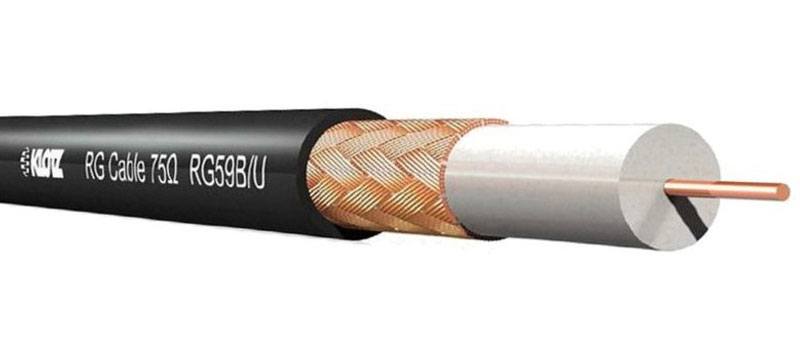
Wave impedance
The unit of measurement is Ohms (Ohm). For television and satellite antennas, a value of 75 ohms is used. This is the input impedance of the connector into which the cable is connected. Inconsistency in numbers will lead to a decrease in the current potential. In the absence of equal wire resistances, it is possible to connect with different characteristics over short distances. For example, in a private house.
The principle of operation of the coax
It is based on the appearance of an electromagnetic wave inside the cable. The diameters of the central core and the screen are selected in such a way that signal losses are minimized. The braid does not allow the field to go beyond the wire, creating a semblance of a waveguide.
What to look for when choosing a cable for connecting a satellite dish to a TV
A satellite dish is an outdoor device. Part of the cable line is laid in open space. Important features of the choice of coax.
Outer shell material
A polyethylene base is recommended, which is less susceptible to complex factors: bad weather, temperature changes. The budget version of PVC (polyvinyl chloride) will not save you from the appearance of cracks in the cold, which destroy the insulation. Subsequently, moisture gets inside, causing a short circuit. Equipment malfunctions will occur. Manufacturers offer coaxes with special impregnation for difficult conditions.
Internal insulation structure
Satellite broadcasting has a propagation feature – a direct line of sight between the radiation source and the antenna is required. A swaying branch of a tree, a nearby structure, and falling dense snow can cause a lot of trouble. It is important to maintain the existing signal reception level and bring it to the receiver. In addition to the television signal, converter control commands are transmitted over the cable. You should opt for a product with a double inner screen: a braid (mesh) and a layer of aluminum foil.
Cable bending ability
Rarely is it possible to lay a straight line. Therefore, it is recommended to determine the response of the wire to a break.
Preparing the cable for installation
Experienced experts say that electricity is the science of contacts. Violation of the integrity of the connection nullifies the work of laying the line.
How to equip a cable for connection
If the distance from the receiver to the satellite dish is up to 10-15 meters, then it is possible to purchase a ready-made sample with connectors. If necessary, connectors are used. An F contact of the following form is put on the end of the wire.
F (nut) on RG-6 (zinc) (F113-55). Main indicator: RG-6. This means that it is designed for RF cable with a diameter of 6 mm over the outer insulation. How to properly fix the F-connector on the coax is shown in the video: https://youtu.be/4geyGxfQAKg Cable stripping for a satellite dish: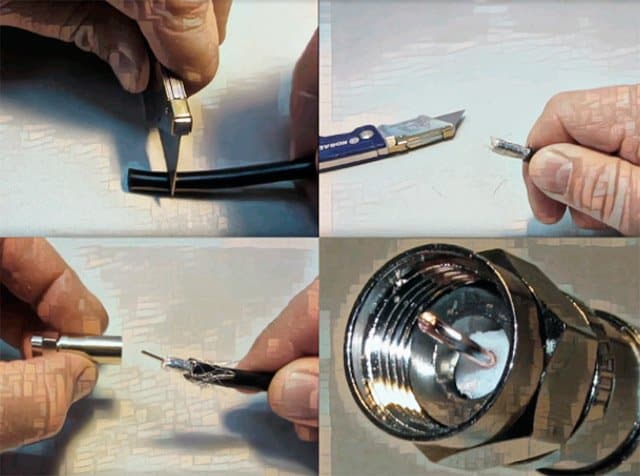
What to pay attention to when installing a cable line
Before buying a wire, you need to clarify the length of the route, difficult sections.
Important! Installation should be done “forever”, without further modifications and leaving “for later”.
Recommended:
- Avoid sharp bends.
- When leading out of the wall to the street, make a loop pointing down. Moisture during rain will drip, and not drain into the hole along the shell.

- When installing through a wooden window frame, drill a hole larger in diameter (by 1 mm) than the thickness of the cable.
- Do not pierce the plastic frame. With a hermetic design, the structure can be filled with gas as a double-glazed window. Use the gap between the window and the wall filled with mounting foam. Often such a conclusion is obtained from the bottom of the windowsill.
- Indoors, hide the wiring in a plastic box or in skirting boards with cable channels.


- Do not lay together with electrical wires, near powerful appliances and equipment. This can become a source of interference.

- Places of exits to open areas should be sealed. Lines on outdoor vertical surfaces should not sag or sway freely in windy conditions.
- Avoid multiple connections through connectors whenever possible.
How to check the integrity of the laid coaxial cable
It happens that the image quality has decreased, there are ripples on the screen, colored
stripes , or the decomposition of the picture into small squares. Sound distortion.
Locating the damage site using existing equipment
The probability of fault localization increases with the use of several signal sources. Possible causes of image quality deterioration or signal loss are professionally discussed in the video: https://youtu.be/gYy2R_1W9Zs How to check a satellite dish cable: https://youtu.be/pmQ9oOzqoYo After establishing the damaged area, a physical check of the cable is carried out.
The use of portable devices
You will need a home tester (multimeter) that allows you to visually (acoustically) determine the integrity of the central core and the absence of a short circuit with the screen. The procedure for checking several consecutive sections on the highway:
The procedure for checking several consecutive sections on the highway:
- Disconnect (unscrew) the wire from the articulation point closest to the room.
- Dismantle the connectors, freeing the screens and central cores.
- Prepare the device for measuring resistance (according to the instructions).
- Check the line towards the antenna. Attach the probes to the central core and the metal braid. Important. Conductors must not touch. If the core is in good condition, the device will show a value other than one, but not zero. When closed, the readings will tend to zero (or show 0), and an acoustic signal will appear (if the design of the device provides for). The multimeter will not respond to a break, leaving the value 1 unchanged.
- Similarly, check the wire in the direction of the room. The cable to the receiver must be connected.
An example of a call is suggested on the video: https://youtu.be/k0fS-doHtDY
Popular brands of coaxial cable for satellite dish
Among the assortment there are both budget and expensive brands. Which cable is best for the “dish”? An overview of popular designs, as well as their advantages and disadvantages.
RK-75
Common domestic cable. The cross section of the central wire varies between 0.75-1.63 square meters. mm, polyethylene foam outer shell. Advantages:
The cross section of the central wire varies between 0.75-1.63 square meters. mm, polyethylene foam outer shell. Advantages:
- affordability;
- conditions of use: -/+ 60 gr. FROM.
Flaws:
- options with a single-layer braided screen are possible.
RG-6U
Production China. Analogue of RK-75. Copper central conductor (1 mm) or copper-plated steel core. Advantages:
Advantages:
- double shielding;
- for the frequency range up to 3 GHz (satellite broadcast channels).
Flaws:
- external PVC insulation is suitable only for the internal laying of the track.
SAT-50
Italian brand of coax. Increased conductive properties for remote mounting. Double screen, 1 mm thick copper core. Advantages:
Advantages:
- mid-price segment cable with improved characteristics;
- terms of use are suitable for most regions of Russia.
Flaws:
- soft shell (sags at large distances between attachment points).
SAT-703
Improved analogue of SAT-50. Central core diameter: 1.13 mm. Reduced losses during signal propagation over long distances. Advantages:
Advantages:
- resistance to difficult weather conditions;
- laying length from 50 meters.
Flaws:
- the minimum bending diameter is 35-40 mm.
DG-113
Experts mark it as the best for the satellite broadcasting range. The protective properties of the screen are close to 90 dB, which completely eliminates the influence of external electromagnetic interference. Advantages:
Advantages:
- durability, reliability
- immune to aggressive conditions;
- slight signal attenuation.
Flaws:
- price.
Most frequently asked questions
Which core is better: copper or steel? Copper has the best electrical conductivity. The center conductor may be of other alloys. This does not impair performance, since copper sputtering is applied to the surface.
What is the difference between wires with black and white outer insulation? Until recently, it was believed that a light-colored cable is intended for indoor wiring, black – for outdoor areas. Modern brands do not correspond to such a gradation. It is recommended to check when buying.
The seller said that the cable is “low frequency”, what does this mean? The conductive properties of the core will attenuate higher band satellite channels.
Is it possible to connect a 50 ohm cable if there is no 75 ohm wire?At small distances (up to 10 meters) between the satellite dish and the receiver is allowed. The quality of the signal depends on many factors. The right choice of cable contributes to improved performance without the additional use of amplifiers when installing the line.
